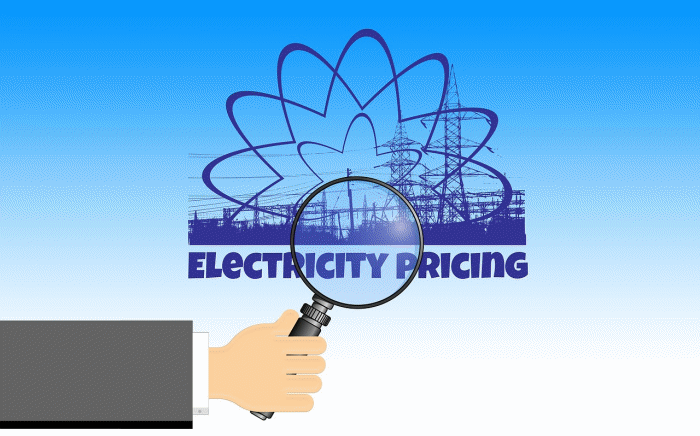
Image: geralt
There’s some bad news for Canberrans after the ACT’s Independent Competition and Regulatory Commission yesterday released its regulated retail electricity price determination, effective from July.
The ICRC has set the maximum average nominal increase for ActewAGL Retail’s regulated tariffs for 2018-19 at 14.29 per cent, translating to a real increase of 12.16 per cent without inflation.
If ActewAGL Retail decides to increases prices by the full amount, this will see the average Canberra household (8,000 kilowatt-hours of electricity consumption a year) having to find up to $299 extra during 2018/19 for electricity bills, or around $5.73 a week.
While it may be little comfort for ACT residents, Canberra has traditionally had low electricity prices compared to other capitals.
The Commission noted higher wholesale electricity purchase costs contributed more than half of the total 14.29 per cent increase (although it says wholesale prices have dropped in the last few months), with green schemes accounting for less than third (4.12 percentage points).
While ActewAGL Retail also requested an increase in its total retail costs related to complying with ‘Power of Choice’ regulatory changes, the Commission decided on 0.47 percentage points, rather than the 2.14 percentage point impact it says was implied by ActewAGL Retail’s request.
Senior Commissioner Joe Dimasi has urged ACT residents to get in touch with their electricity retailer to determine if they are on the right electricity plan 1, and to seek assistance if they are suffering financial hardship.
While benefiting from some of the lowest electricity prices in the nation, the news will likely have more Canberrans thinking about installing solar panels. More than 20,000 solar power systems had been installed in Canberra and throughout the ACT by the end of April this year.
A 5 kilowatt solar system installed in Canberra could be expected to produce an average of around 20 kilowatt-hours a day, or 7,300 kilowatt-hours of electricity a year if panels are north-facing, but the best bang for buck will likely come from a 6.6kW system.
As for ACT solar feed-in tariffs, ActewAGL are currently paying 11 cents per kWh for any solar energy exported (Standard Retail Contract only), but systems must be less than 10 kilowatts capacity for residential tariff customers and less than 30 kilowatts capacity for business customers. There’s no word yet as to whether that will change from July 1 and ActewAGL notes the rate can be changed at any time.
Footnotes
- SQ’s Ronald recently pointed out Canberrans having a house built or solar power installed will lose the ability to freely choose between electricity plans. ↩

 RSS - Posts
RSS - Posts



Speak Your Mind